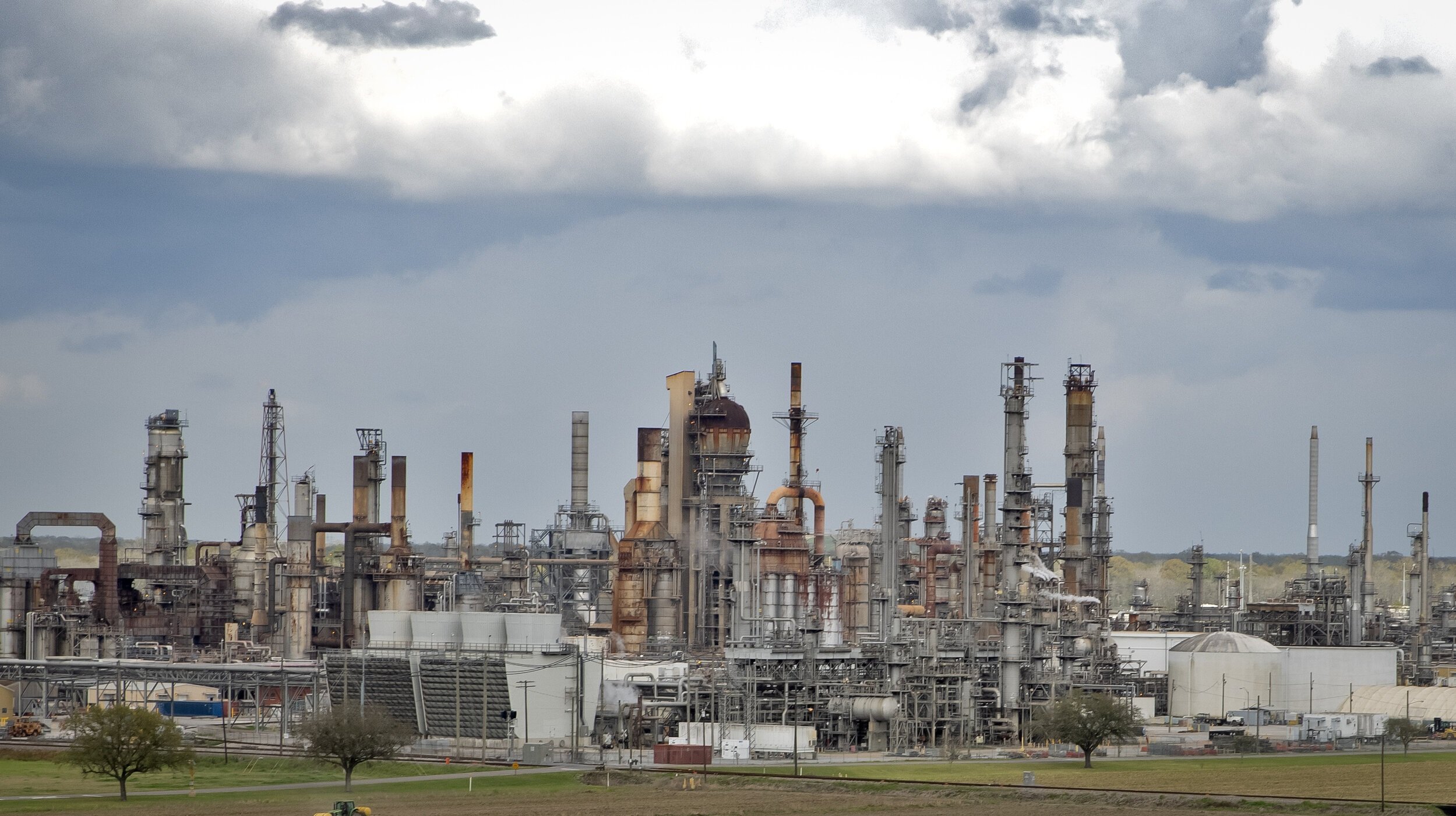
Chemical of the Month: Carbon Dioxide (CO2)
Carbon dioxide (CO2) is a colorless, odorless gas. Produced through natural processes such as respiration by animals, decay of organic matter. It is also a byproduct of combustion, including the burning of fossil fuels and wildfires.
Chemical of the Month: A service program of RISE St. James; Caitlion O. Hunter, Juris Doctor, Class of 2022, Past President, Loyola Environmental Law Society; Tim Schütz, PhD Researcher, Anthropology University of California, Irvine; and The Community Scientist (TCS) Research Team
Carbon dioxide (CO2)
is a newsworthy chemical lately, for a number of reasons. The CO2 levels in our atmosphere continue to increase to levels which will impact the climate for decades to come. Many large companies have announced their “carbon neutrality.” In Louisiana, carbon dioxide capture and storage is a hot topic. But few stories discuss the dangers of carbon dioxide at ground level, potentially during an emergency event like a pipeline explosion or well failure.
The Dose Makes the Poison
The phrase “the dose makes the poison” perfectly describes carbon dioxide . While CO2 naturally makes up about .04% of the atmosphere, or 400 parts per million, a concentration 100 times stronger at 4%, or 40,000 parts per million, is immediately dangerous to human life. Carbon dioxide displaces oxygen in the lungs, and at high enough concentrations can cause death. At non-deadly levels of exposure, CO2 may cause headache and drowsiness. Exposure at the levels expected from a pipeline burst or well rupture include heart attack and permanent brain damage. Since CO2 replaces oxygen in the lungs, the brain does not receive the needed oxygen for normal function, and this can cause an inability to seek help or to even realize that the body is in distress. Carbon dioxide is colorless and odorless, and cannot be detected without special equipment.
Tragic Example - Satartia, Mississippi
Our best data on the effects of CO2 exposure comes from a tragic example- during a landslide caused by heavy rainfall, a pipeline carrying pure CO2 burst in Satartia, Mississippi. Carbon dioxide remains at ground level for some time after release rather than quickly entering the atmosphere, so cars passing by the road where the pipeline broke passed right through a cloud of CO2. Additionally, wind blew the plume of CO2 for miles- at ground level- outside of the release site. Emergency responders did not have CO2 detectors, and could not determine what was the cause of people slumped unconscious in their cars on the roadside. The entire town of 200 people was ordered to evacuate, and 45 residents- nearly a quarter of the town’s population- were hospitalized due to their CO2 exposure. Some people who were exposed have had permanent brain damage, and a local doctor noted that people with existing asthma saw “increased frequency and severity” of asthma attacks.
Challenges During CO2 Release Events
While industrial accidents often call for evacuations, during a CO2 release event, gas-powered cars, which depend on oxygen to burn fuel, will not operate. During the Sartartia disaster, three people were found passed out in their car after the engine stopped running. One of these men suffers from permanent brain damage and has said he is unable to work due to ongoing tremors. Residents at the house closest to the pipeline became unconscious after the cloud of CO2 entered their property. This leaves people living nearby CO2 pipelines and injection sites without a way to escape, and also unable to shelter in place inside their homes.
The Reality and Truth About Carbon Neutrality
Many companies that are advertising their “carbon neutrality” don’t plan to change their practices to emit less carbon, but rather pay credits for carbon dioxide to be captured, pressurized, piped through sometimes thousands of miles of pipeline, and injected underground. There is still no scientific consensus that injecting carbon dioxide underground will store it away permanently. Especially in Louisiana, where many old oil wells were improperly capped or not capped at all, “the risk of CO2 leakage from [oil and gas] wells remains a substantial risk in CCS projects.”
St. James and Planned CO2 Pipelines
St. James is the location for several planned CO2 pipelines and injection sites. Many of these carbon dioxide pipelines will follow existing petrochemical pipelines, and a rupture in a CO2 pipeline could cause a cascading disaster by damaging other nearby pipelines. Don’t fall for CO2 producers saying that carbon dioxide is just what makes soda bubbly or that it’s completely natural. Too much of even natural things- like tobacco, alcohol, salt, and carbon dioxide- can kill you.
How to Reduce the Production of CO2
Attend parish, city, or regional transmitter meetings to demand that renewable energy is prioritized instead of continuing to rely on natural gas, which emits large amounts of CO2.
Dig deeper into a company’s claims of being “carbon neutral”- is this neutrality purchasing carbon capture credits, or is the company making changes to its practices to avoid generating and emitting CO2 in the first place?
Ask your local parish council representatives, firefighters, doctors, and nurses if they have heard of carbon capture, know about the dangers of CO2 exposure, and whether they have specialized equipment to detect and respond to CO2 incidents.

